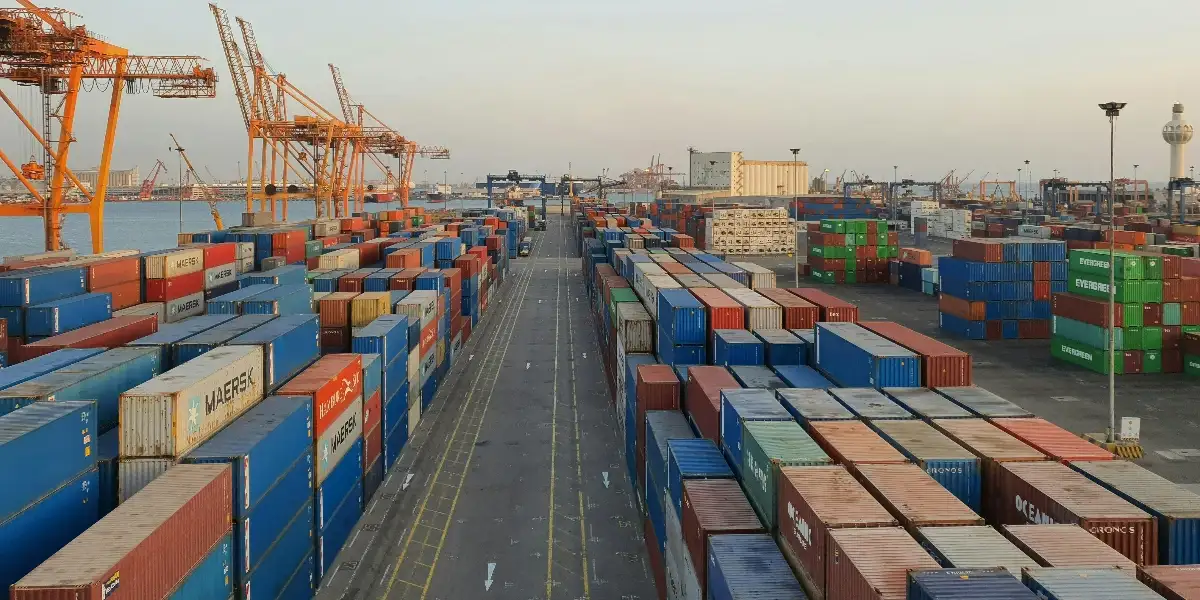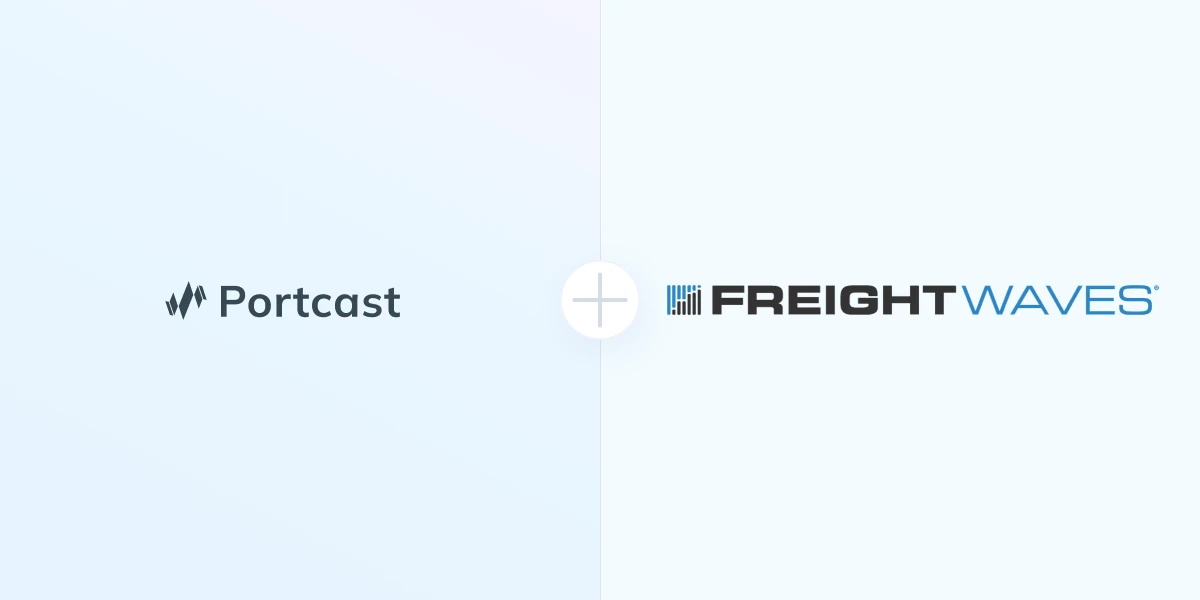Inventory management is a crucial aspect of supply chain management, playing a vital role in stabilizing operations and optimizing costs. In this article, we share our opinion on the two most popular concept approaches to inventory management - JIT vs JIC. We talk to an industry expert, Panji Gigih Perkasa, to get his thoughts on why the pandemic has forced companies to switch to JIC. Panji is a Business Development and Research Specialist at Gateway Container Line Indonesia and has a deep understanding of the industry based on day-to-day work in-field with global shippers and carriers.
Just In Time (JIT): Concept and Context
Just in Time (JIT) is the most popular approach to inventory management, wherein companies maintain inventory at minimum levels to save warehousing costs and reduce risks of theft, damage, and obsolescence.
Enabled by reliable and robust global transportation networks, JIT has gained widespread acceptance as international trade connectivity developed rapidly over the years.
Current Scenario and Challenges
Post-COVID, global supply chains have been roiled by disruptions and characterized by extreme variability, which has ultimately undermined the core functionality of JIT.
For example, if cargo is generally delivered in ten days, companies will accordingly formulate policies for minimum inventory levels and reorder timelines. Currently, however, delivery times are dilated and often arrive days, if not weeks, late.
This makes inventory planning difficult, increasing the risks of missed sales and revenue losses. Besides, companies experience greater customer churn and lower satisfaction levels, eroding their competitive position in the market.
Just in Case (JIC) Concept of Inventory Management
Just in Case (JIC) is becoming popular in the current scenario, wherein companies proactively incorporate a certain amount of slack in their inventory and supply chain. Companies build buffers in the form of surplus inventory and reorder times. The rationale is that the additional time and stock will ensure that the company can fulfil all its orders and maintain smooth production schedules, thereby avoiding or at least mitigating the risks of operational disruptions and financial losses.
JIT vs. JIC: Relative Advantages and Disadvantages
The JIT system helps companies:
- Reduce inventory holding costs
- Free up cash flows for other commercial ventures
- Cut warehousing and storage costs
- Save on insurance premiums
- Minimize the chance of product theft, obsolescence, and damage
The disadvantages include a higher risk of business disruptions and higher transport expenses in case of supply chain breakdowns. Additionally, the company will need to ensure that its supply chain department is highly trained and efficient to comply with JIT policies.
Conversely, the biggest advantage of JIC is stability during supply chain disruption and market volatility. The associated costs are inverse from JIT, where transportation costs are lower (bigger orders placed more sporadically) for higher inventory storage costs and will also affect cash flows and operating capital while simultaneously increasing the risks of obsolescence and damage.
Evaluating When to Use JIT or JIC
The decision between JIT and JIC depends on market conditions, supply chain reliability, and the nature of the product.
The decision is essentially a trade-off between higher inventory and storage costs, as against potential revenue losses, after taking into consideration the timeframe involved.
In the simplest of terms, inventory strategies largely depend on the current transportation environment.
JIT is better when the company operates in a competitive market, is cost-conscious, and when global transport networks are stable.
JIC is far more viable when transportation is unstable and helps businesses build resilience and ensure business continuity in the face of market uncertainty.
Moving forward, however, most companies will likely adopt a hybrid strategy, striking a balance by adding reasonable slack into their supply chains and inventory management policies without going overboard either way.
This approach had steadily been gaining ground in recent years in light of concerns regarding over-reliance on single sourcing locations and has, since 2021, been precipitated by the COVID crisis.
Expert’s Notes Provided by Gateway Container Line Indonesia
We got a chance to talk to Panji Gigih Perkasa, Business Development and Research Specialist at Gateway Container Line Indonesia and asked him a few questions about Just in Time and Just in Case Supply Chains. Here are some of the key takeaways from our conversation.
What evaluation do you think should be done to choose between JIT and JIC? What data to look for to make that decision?
“I’d say the shift to JIC is mainly in response to the global pandemic shortage and supply chain disruptions. Manufacturers still prefer JIT. It is still a more profitable and efficient method. Whilst you can use historical data to predict the demand, nobody can predict disruptions. That’s why, in my opinion, the best practice is to balance between both JIT and JIC.
As freight forwarders, we have to adapt to the current market situation and customer demand. If the customer requires to ship something urgently, we need to deliver the nearest available vessel even if it may end up being more expensive to the customer. That means we book more space from the shipping line even when the demand is not there in the first place.
Also, not every company should switch to the JIC method. For example, if you use LCL shipments, it is usually much easier to get the necessary space from the shipping line even during disruptions.
In terms of data, transit time reliability is a good indicator. If we can secure a transit time that is 80% reliable, JIT still makes sense. Anything below that, JIC would be a safer option. But currently, the schedule reliability has been really bad, especially throughout last year,” Panji answered.
Role of Systems and Technology
Apart from adopting a hybrid concept designed to meet the unique requirements of the situation, companies should also invest in real-time visibility and planning platforms. These solutions will provide up-to-date information, enabling Supply Chain Managers to make the appropriate decisions under the circumstances.
Considering the wide range of macro-level factors that are responsible for the congestion, businesses cannot altogether negate the adverse effects thereof; however, by incorporating technology and systems in their planning process, they can manage and minimize the impact.
Here at Portcast, we offer innovative solutions, enabled by cutting-edge technology, leveraging AI and Predictive Analytics, to provide visibility across the supply chain, pre-alerts in case of potential delays and disruptions, and offer prescriptive solutions to navigate the overall uncertainty.
Our platform monitors supply chain disruptions and tracks containers at a granular level, so you can have more data to pick the best routes and plan using accurately predicted arrival times. Thus, our clients plan their inventory levels far better than before when they were using traditional methods which in turn gives optimal balance to maintain business continuity.







